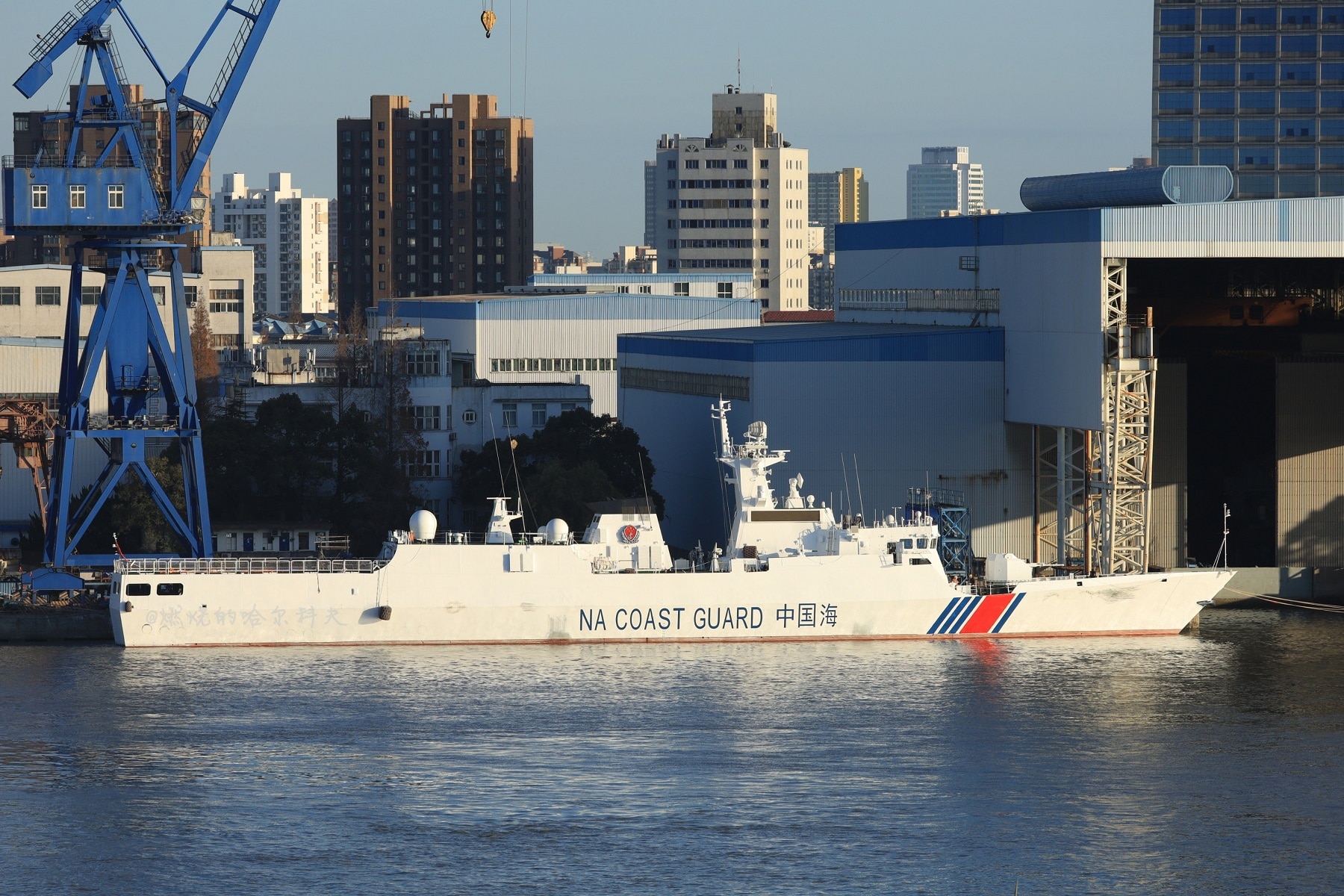Completely agree with all of the above. Shipbuilding in particular is very capital intensive and the supply chains take years to build and are very difficult to replace. There are huge cost and quality benefits available if Government provides certainty and a steady level of work, and I’m sure it’s been very frustrating for many.Brent talks for the local and international defence industry.

Excellence in maritime manufacturing - AIDN's Brent Clark on defence/SME engagement - Australian Manufacturing Forum
Today @AuManufacturing’s editorial series Excellence in maritime manufacturing turns to the involvement of Australian owned SMEs in defence contracts. Here Peter Roberts interviews Brent Clark, CEO of our largest SME defence body, the Australian Industry & Defence Network. @AuManufacturing: The...www.aumanufacturing.com.au
While Brent talks about SME, the bigger contractors that are based in Australia, like BAE, Lockheed, Thales, Raytheon etc are also in agreement, because they are also reliant on SME to deliver. BAE may be the main contractor, but they need thousands of SME to actually deliver real stuff, they can't do it all. They don't own a glass factory, a semiconductor factory, a aluminium smelter, a steel works, a cable manufacturer etc.
What would it be like if Australia put things out to tender and nobody responded? Local or internationally. New OPV, nothing. New landing craft. Nothing. New destroyer, nothing. Or put something in on very unfavorable terms, overseas build, 4 times market rate and must accept once completed builder trials, no customer trials or warranty period. Back to buying off the shelf second hand items.
Canada nearly got their with their Canada class SSN (pissing off the US and the UK) and recently with the CSC, in which Alion challenged the decision, Odense Maritime (iver hutt/Type31) and Thyssenkrupp (F-125) did not bid. From the process Navantia weren't happy but didn't see the point in reviewing the decision.
It is easy to kill an industry through starvation. If local sovereign capability is unimportant, starve away.
What is the point of having joint facilities like Henderson and Osborne, if there are no companies there because they have all, all been driven head first into the ground, but chaotic, harmful and potentially illegal/immoral government decisions? They either go broke or shut down their military divisions or they are bought out. Sell it off, move people over seas etc. The end result is effectively the same.
They aren't asking for a hand out, they are asking the government makes good on their promises, which arguably are in the national interests, but unfortunately, cost money and time. Rather than rush a decision last moment cutting out any chance of local contribution, open it up now.
- Trying to kill NVL and its local subcontractors by killing the OPV production part way through would put Australia on the euro shit list. We have already burnt the French and the Germans before on Subs.
- The Japanese also feel hurt on subs. Their industry already was highly suspect and tried to undermine their own bid.
- One would imagine, if we went back on the US submarines, we could even make the US shit list. At least on big stuff like subs. People act like AUKUS is a done deal, but more crazy Naval acquisition stuff from Australia could easily push it into the not in the US interest bin. The US has their own problems.
We often get caught up on platforms. But often the specific platform isn't overtly important. Its the network that builds, develops and supports that platform, so it is capable, reliable and efficient. That is industry.
Defence doesn't do that. No industry, no toys for defence. No ships, no tanks, no helicopters, no missiles, no radios, no uniforms.
Unless the government wants to build its own mega corps and go back into having government ship yards, steel works, cable companies. But even socialist/communist countries don't do that anymore, even China/Russia is based around private companies delivering industry capability for defence. Part of what they have been doing is going around buying out Western Defence companies and hollowing them out. They don't have to do that in Australia, our government(s) do it for us.
My objection is much more to the attitude (or at least my perception of one) that any probate sector players are owed anything by the Government beyond what’s written in a contract. I remain convinced that there is significant waste in Australia’s Defence industry. This is borne out by the size of the Australian build premiums we have, and the huge sums spent on external contractors by Defence. I’m sure some (probably most) of this is a direct result uncertainty, lack of scale in production runs and high local labour costs. But I can’t see how there isn’t also a huge amount of inefficiency in there due to naive procurement decisions / bureaucratic arse covering by Defence and rent seeking from the private sector.

